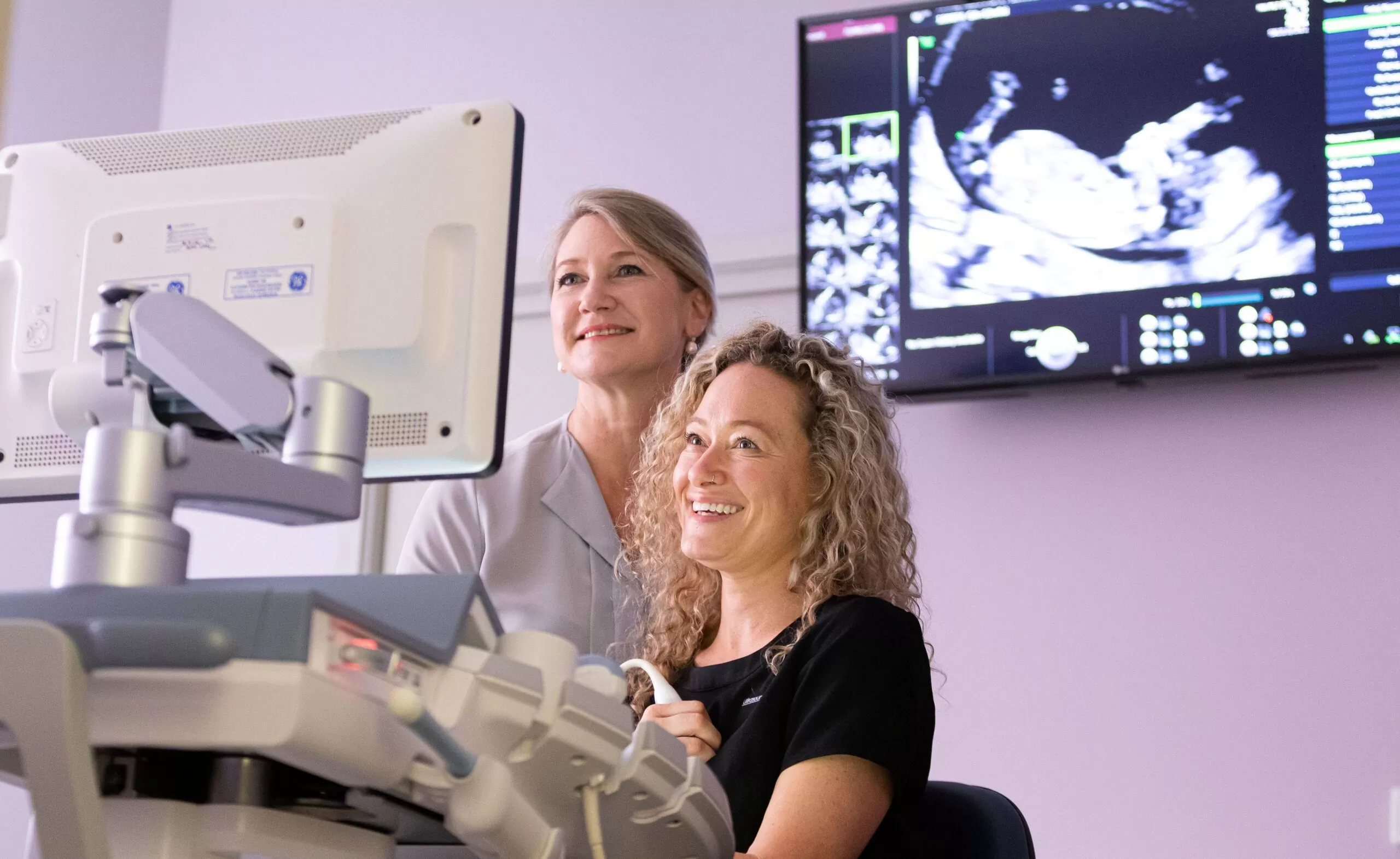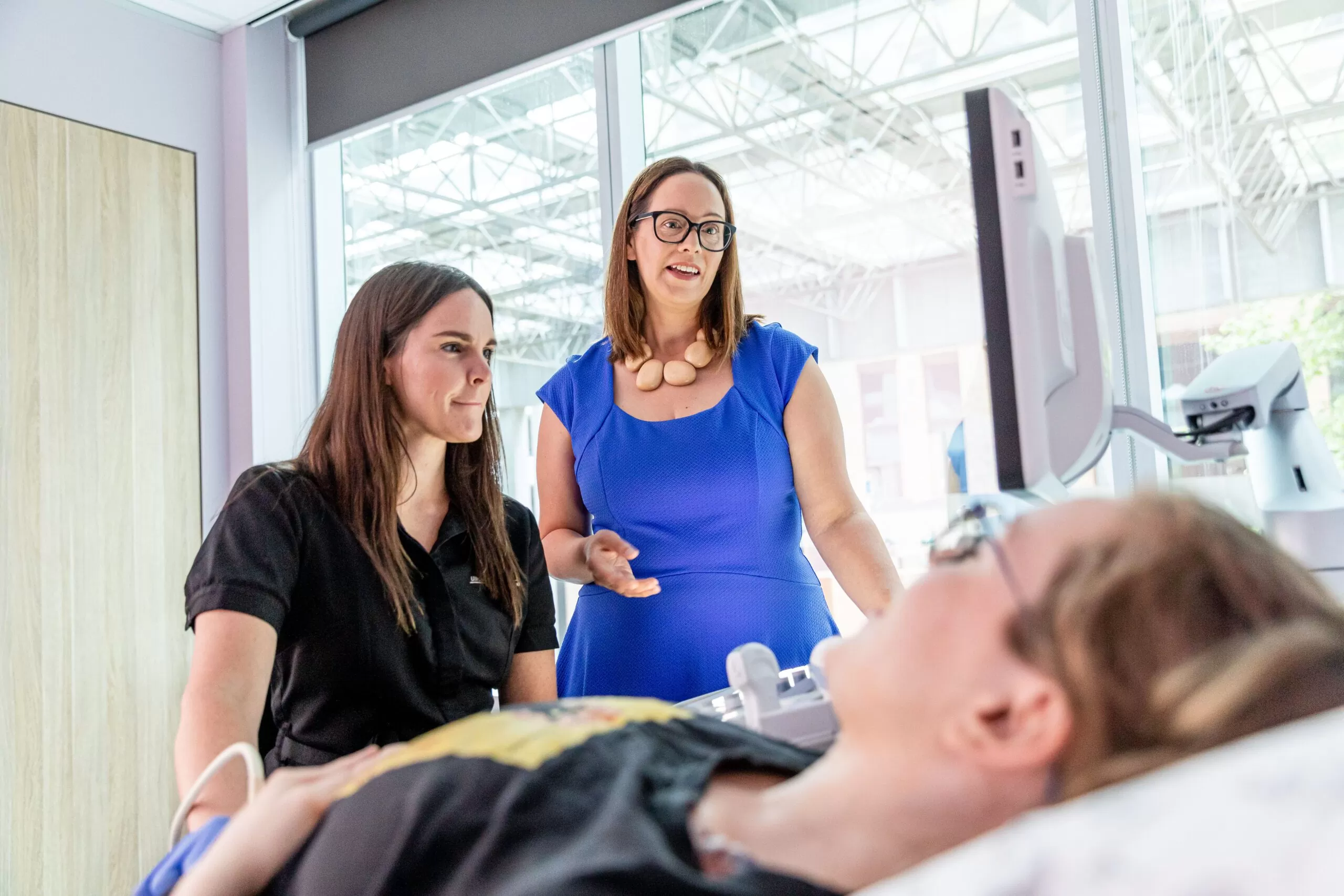Intra-Uterine Devices
What is an Intra-Uterine Device?
Intra-uterine devices (IUD or IUS) are contraceptive devices inserted into the uterus that release either hormones or copper to stop you from getting pregnant.
The Ultrasound Care doctors are trained obstetricians and are experts in the placement of IUDs or IUS using ultrasound guidance to ensure it is positioned correctly. We also regularly retrieve IUDs or IUS for women when it is time for their removal.
Intra-uterine device location
Ultrasound examination is the best way to locate an intra-uterine contraceptive device, Mirena or Kyleena intra-uterine system (IUS). If you are able to feel the string, then it is probably in the right position but the only way to be absolutely sure is by ultrasound examination.
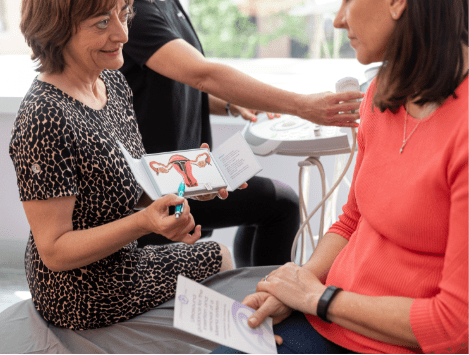
When would I need an ultrasound examination?
- Your doctor may request that the device be put in or removed under ultrasound guidance.
- To check the location of the IUCD, Mirena or Kyleena after the procedure.
- You cannot feel the string.
- It was a difficult insertion.
- There were multiple fibroids which could interfere with the insertion.
- There is any suspicion of pregnancy.
- You are not experiencing the expected effect from the IUCD.
What type of examination is needed?
The Ultrasound Care team usually use the trans-vaginal approach because we get much better views. Occasionally the IUCD is a long way from the vagina and uterus, and so we need the trans-abdominal approach to give us a more global view of the pelvis.
Three-dimensional ultrasound is complementary to two-dimensional ultrasound and can be valuable in showing the position of the device and arms, especially when it has moved in the uterus. We use both 2D and 3D ultrasound to be sure of the device position.
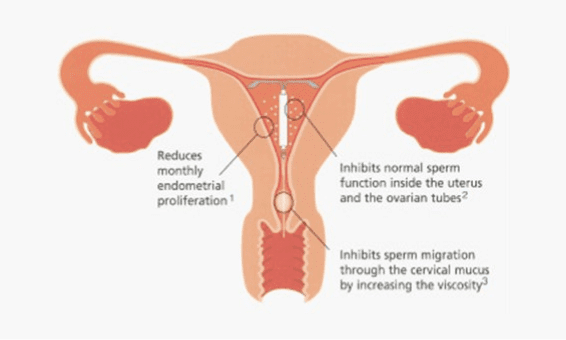
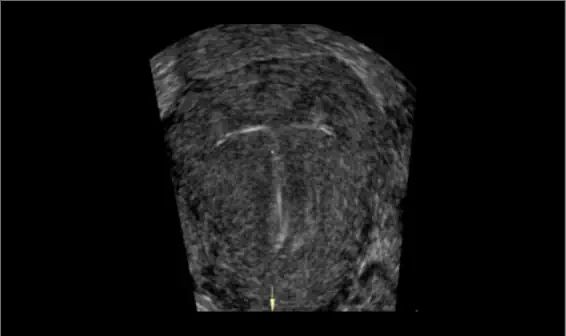
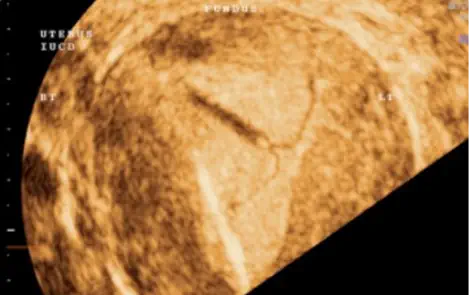
How is a Mirena IUS or copper IUD usually removed?
When the time comes to remove a IUS or IUD it is usually done by inserting a speculum into the vagina. The Ultrasound Care doctor then grasps the strings of the Mirena system or IUD as they come through the cervix and then by applying gentle traction, the device is easily retrieved.
What if the strings are not seen when it is time to remove the device?
It may be that the strings have migrated into the uterine cavity, the device has moved, or the strings have been cut too short to be seen in the vagina. In a doctor’s office setting (i.e., not in a scan room), various instruments have been used to help remove an IUS.As, these devices are used blindly without ultrasound guidance, removal may not be successful. In the past, many women have needed to have a general anaesthetic to remove the system.
How is ultrasound helpful?
Firstly, 2D and 3D ultrasound can check that the IUD or IUS is in the uterus. If it is then it will continue to work effectively (Mirena and Kyleena IUS are effective for 5 years). Many women will leave the IUS or IUD in place until they are ready for it to be removed or replaced.
If the IUS or IUD is to be removed, then ultrasound can be used to see where the strings are. Our doctors can then use ultrasound to guide the instruments we use to the strings, or even to the IUS or IUD itself. If another device is then required to be placed into the uterine cavity, we can check that it is in the right position, so you can go home feeling confident that your IUS or IUD has been perfectly placed.
Ultrasound Care’s doctors are successful in removing more than 75% of IUS or IUD in cases where the IUS or IUD could not be removed in the referring doctor’s rooms. This has saved many of our patients undergoing a general anaesthetic. We published a paper on this in the Australian & New Zealand Journal of Obstetrics and Gynaecology in 2013.
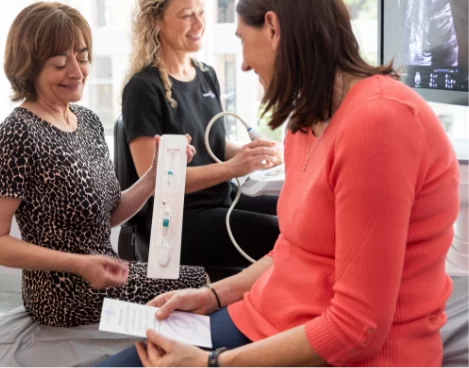
What can I expect on the day of an IUD or IUS removal procedure?
When you come for your appointment, we will perform an internal ultrasound scan of the uterus and ovaries. Once the scan has been completed, the Ultrasound Care doctor inserts a speculum into the vagina – just like when a Pap smear is performed.
With ultrasound guidance an instrument is guided into the uterine cavity to grasp the strings of the IUS or IUD. Then it is removed with gentle traction. If this is not successful, your doctor can use different instruments to grasp the IUS or IUD itself.
Most women experience minor discomfort, however some women may feel hot and dizzy for a short period of time. We encourage you to rest for 10 minutes or so before leaving our rooms. After the device removal, most women will have some bleeding for a day or two , but this will settle with a little time. However, if you are worried, please give us a call and speak to one of our care team.
How do I arrange for an IUD or IUS insertion or removal?
To have your IUD or IUS inserted or removed by ultrasound guidance by an Ultrasound Care doctor, please call the Ultrasound Care clinic that is most convenient for you in Sydney to attend. Our admin team will be able to assist and find an appointment at a time suitable for you.



